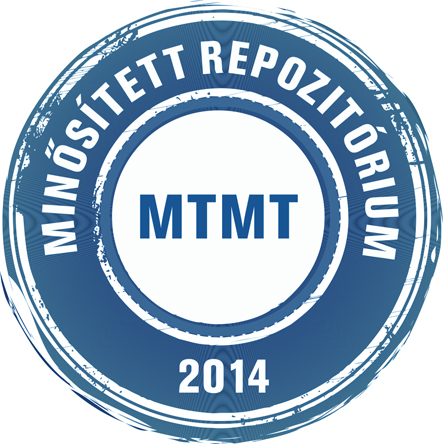Vígh Éva: Leonardo da Vinci Bestiáriumának antik és középkori forrásai. In: Antikvitás és reneszánsz 7. pp. 61-89. (2021)
|
Cikk, tanulmány, mű
antikvitas_es_reneszansz_007_061-089.pdf Letöltés (1MB) |
Absztrakt (kivonat)
Leonardo irodalmi írásai (mesék, aforizmák, próféciák és szellemes mondások) között olvasható egy 1494 körül írt, 96 állat leírását tartalmazó Bestiárium is. Jelen tanulmány célja a legfontosabb antik és középkori források bemutatása, és Leonardo írásának e különböző (egyébként könyvtárában is szereplő) szövegekkel való összevetése. A fő források – Id. Plinius a zoológiai referenciák, Cecco d’Ascoli L’Acerba című műve az állatszimbolika, a Fiore di virtù az erkölcsiségek szempontjából történő – bemutatása révén Leonardo állatos jegyzeteinek céljaira is rávilágít a tanulmány. A zooszimbolikai ismeretek festői kifejezőkészségét és látásmódját gazdagították, így befejezésképpen Leonardo néhány olyan festménye és vázlata kerül előtérbe, amelyek esetében az állatok ábrázolásmódja nyilvánvalóan ezeket a művészi célokat igazolja. Among Leonardo’s literary writings (fables, aphorisms, prophecies, witticism) there is also a Bestiary, written around 1494, which collects the description of 96 animals. In this paper I present the most important ancient and medieval sources, making an analytical comparison with the different texts used by Leonardo (texts that belonged to his library). By presenting the methods of use of his main sources (Pliny the Elder for zoological references, Cecco d’Ascoli’s L’Acerba for animal symbology and the Fiore di Virtù for morality), in addition, we may also identify Leonardo’s motivations in recording the different animals. The zoo-symbolic notions helped to enrich the perspective and range of expression as a painter: for this reason, the last part of the paper refers to some painting and sketches by Leonardo in which the animal representation evidently demonstrates this artistic purpose.
| Mű típusa: | Cikk, tanulmány, mű |
|---|---|
| Egyéb cím: | The ancient and medieval sources of Leonardo da Vinci’s Bestiary |
| Befoglaló folyóirat/kiadvány címe: | Antikvitás és reneszánsz |
| Dátum: | 2021 |
| Szám: | 7 |
| ISSN: | 2560-2659 |
| Oldalak: | pp. 61-89 |
| Nyelv: | magyar , angol |
| Közreműködők: | Közreműködés Név NEM RÉSZLETEZETT Leonardo da Vinci |
| Kiadó: | MTA-SZTE Antikvitás és Reneszánsz: Források és Recepció Kutatócsoport |
| Kiadás helye: | Szeged |
| Befoglaló mű URL: | http://acta.bibl.u-szeged.hu/74666/ |
| DOI: | 10.14232/antikren.2021.7.61-89 |
| Kulcsszavak: | Művelődéstörténet - olasz - 15-16. sz., Állatvilág |
| Megjegyzések: | Bibliogr.: p. 87-89. és a lábjegyzetekben ; ill. ; összefoglalás magyar és angol nyelven |
| Szakterület: | 06. Bölcsészettudományok 06. Bölcsészettudományok > 06.02. Nyelvek és irodalom |
| Feltöltés dátuma: | 2022. már. 24. 15:01 |
| Utolsó módosítás: | 2022. már. 24. 15:01 |
| URI: | http://acta.bibl.u-szeged.hu/id/eprint/74731 |
 |
Tétel nézet |



